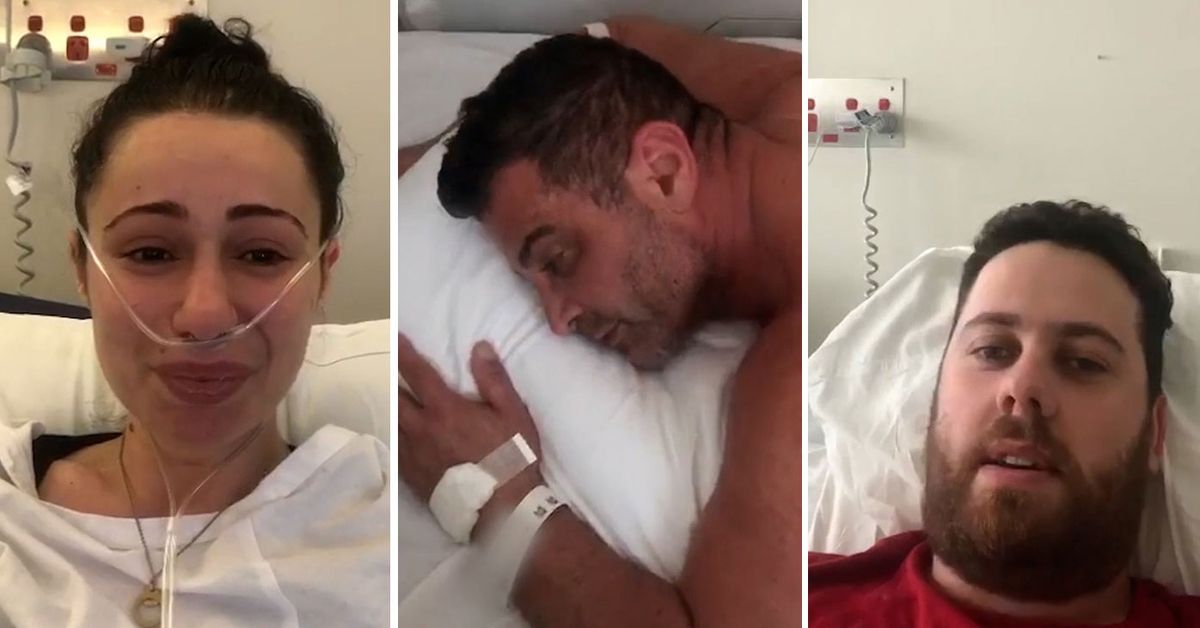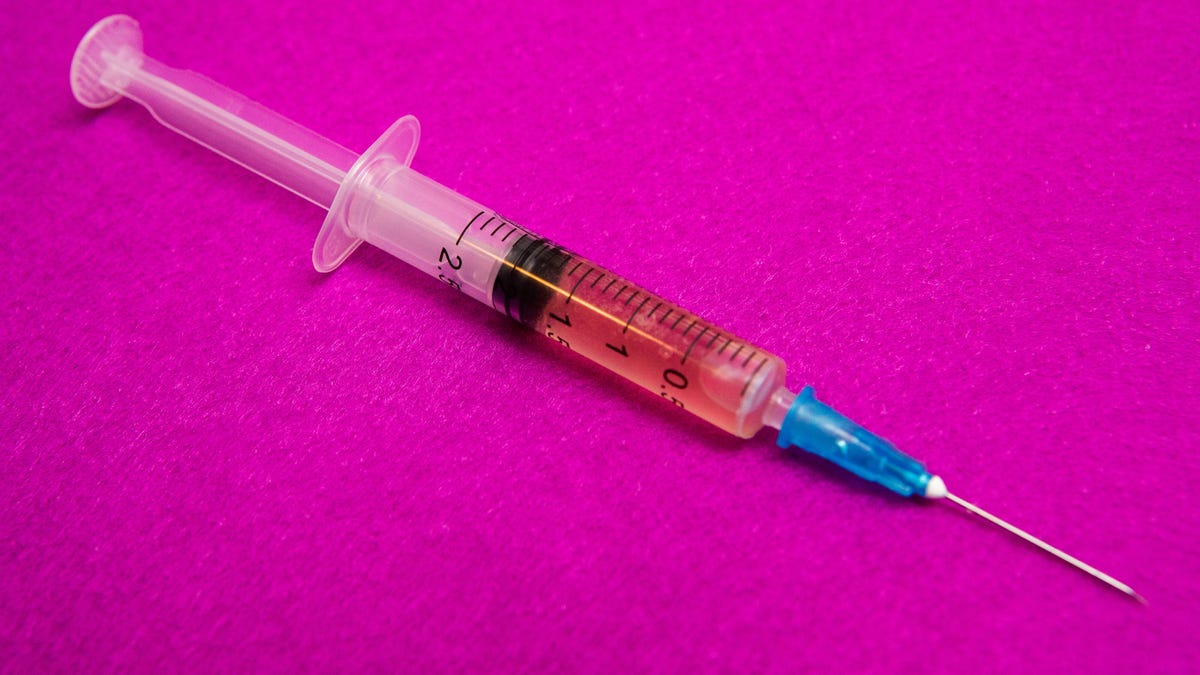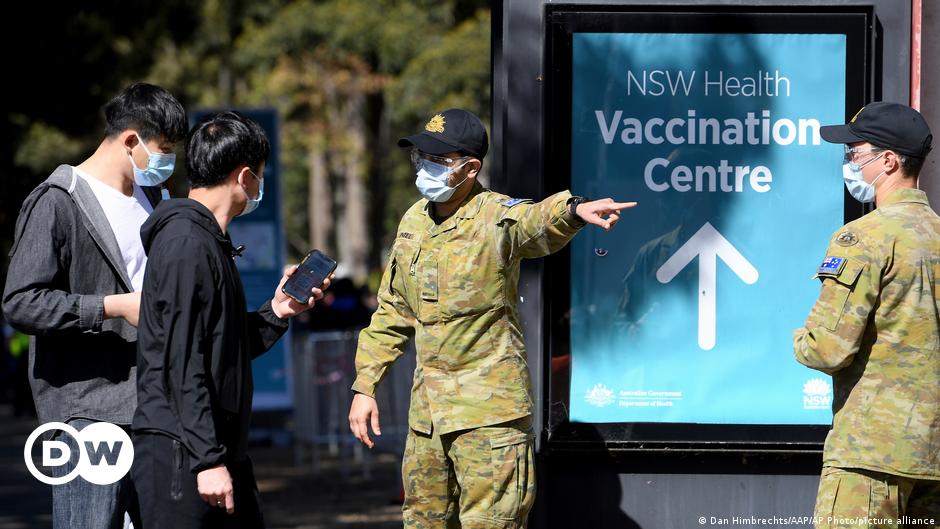Delta variant hospitalizations make vaccine skeptics regret their decisions - DW News
COVID treatment and care at home: Compilation from from WHO, Business Insider and CNET
Tip: This article is written similar to Wikipedia. Links to the websites are listed at the end of this summary.
From WHO.INT [1]:
Q: What are the scenarios we are seeing where a person is being asked to care for themselves or take care of a COVID patient at home?
A:
1. When the health system is stretched. This happens when there, for example, is a sudden increase or surge in cases in the community, as we're seeing right now in many countries, and the bed capacity within the hospital is almost full or is full.
2. When patients test positive, however, they don't have any symptoms or they have very mild symptoms and they don't have any underlying diseases like cardiovascular disease or chronic lung disease and they're not elderly. So these people can be taken care of at home. However, they must importantly, first contact their health care provider for real time advice.
Q: In the scenario where you have a person who's infected with COVID at home, how do you keep them and yourself safe?
A:
1. The patient should stay in a separate room. If this is not possible, then they should have a designated part of the home and their movements around the house should be limited. Also, there should be kept one meter, at least one meter distance between them and anyone else.
2. It's critical to have good ventilation in that patient's room and any shared spaces. So this means to really have fresh, clean air coming through as much as possible. This can be done just by opening the windows. Unfortunately, though, it obviously needs to be safe to do so.
3. There should only be one person who is the caregiver for that patient and that caregiver should have no underlying condition.
4. Whenever patients receive care, they should wear a medical mask, as should the caregiver. And as soon as the caregiver leaves the room, they need to make sure to wash their hands.
5. The patients should have their own designated or personalized, if you want to call it that, dishes and cups, towels and bed linens. And these can be washed with soap and water at least once a day.
6. Any frequently touched surfaces by the patient have to be cleaned and disinfected every day and any waste generated from that patient should be packed safely.
7. Unfortunately, there should be no visitors allowed during the time that the patient is ill.
Q: Tell us about any signs or red flags which should tell a COVID patient or their caregiver at home that it's time to call the doctor or go to the health care facility.
A:
1. It is important to monitor the condition regularly. Ideally, this should be at least once a day for any signs and symptoms, complications or red flags, as you call them. And the important point here to note is that the flags can vary slightly depending on the age.
2. Signs and symptoms:
- For adults, these include the adults complaining of lightheadedness. They could be having shortness of breath, heavy breathing, complaining of chest pains, looking dehydrated.
- For children, it can often be them suddenly appearing confused, being off their food, having blue lips or face.
- For infants, or also known as babies, an inability for them to breastfeed. So in any of these cases, urgent care needs to be seen.
3. While at home, some patients may be asked to measure the oxygen saturation with a pulse oximetry. This is a medical device that monitors the blood oxygen level. It's a very useful device. However, it's important that the user has clear instructions on how to use it and also to know what is an abnormal reading or a normal measure. And when this happens, importantly, they need to urgently call their health care provider.
From WHO.INT [2]:
Q: Janet, please explain the treatment protocol for COVID care at home.
A:
1. The patient should be in isolation – meaning that we don’t want that patient to transmit the virus to other people.
2. You may have a fever. So, if you have a fever, you can take symptomatic treatments or antipyretics or drugs that reduce fevers to keep you comfortable.
3. Eat and drink sufficiently. So, make sure you stay hydrated, make sure that you maintain some good eating habits, eat what you like, but ensure to keep yourself well-nourished and well-hydrated.
4. Most patients who get COVID-19 will have no complications from it acutely. They may not develop severe pneumonia and may not need to go to the hospital and that's good. But we do know there are a few patients – mostly those who have risk factors for severe disease – these patients are at risk for developing severe disease.
5. So these patients, if they're being monitored at home, need to carefully watch your symptoms. There's one thing I do want to emphasize: SARS-CoV-2 we know is a virus. So, if you have COVID-19, then in patients that are being managed at home, we don't recommend the use of antibiotics. That means medicines that treat bacterial infections, because it's a virus infection so it won't respond to an antibiotic.
Q: We are seeing an increased demand of medicines like Remdesivir and also increased appeals for plasma therapy in the treatment of COVID-19. Please tell us what the evidence is telling us about the effectiveness of both Remdesivir and plasma therapy.
A:
1. At this moment in time, we have a recommendation against the use of Remdesivir for patients with COVID-19 because there was low certainty in the evidence that it had any benefit in mortality.
2. For convalescent plasma, we don't actually have a recommendation in that guideline specifically yet, but what we do have in the clinical management guideline is also against its use, unless under clinical trials as evidence is accumulating on those interventions. So we also do not recommend its use other than under clinical trials which are continuing and ongoing.
Q: How to monitor oxygen at home. What are the red flags? And also, please explain the wider red flags beyond oxygen when a person should get alert that now is the time to call your health care provider.
A:
1. The pulse oximeter can be used at home. Pulse oximeter is a simple device. It's a fingertip device that can just be a small device put on your index finger. It is relatively inexpensive and simple to use.
2. We do have a recommendation saying that if you are at home and especially if you're from a high risk group – so you're a person that may have the risk of developing severe disease – that monitoring your pulse ox, your oxygen saturation at home could be useful because you can detect, hopefully early, if your oxygen saturation starts to fall and then get the right intervention and care pathway started.
3. So 94 to 90 is a little bit low. However, it's not below 90 percent, which is the warning sign. So if your number is 90 to 94, then you have to make sure that you call your clinical provider and you tell them, this is my number, this is how I'm feeling.
4. What should I do? So, you can get some advice on what to do next. The warning symptoms to consider when you're at home are: shortness of breath or difficulty breathing. That can imply that you're having a pneumonia and the pneumonia is progressing.
5. Another one is chest pain. That can imply that your pneumonia is there and it's progressing. Another one is change in mental status. Sometimes that can be like confusion, like your thinking is unclear or that you're dizzy or that you're sleepier than usual.
Q: Can oxygen therapy be used at home?
A:
1. For an acute case of COVID-19 where we don't know if the pneumonia is going to be mild, if it's going to be severe, if you're going to progress to respiratory failure – that is the concern.
2. So, if oxygen is going to be used at home, it has to be done under a monitored setting, meaning that your clinician, under clinical supervision, that it's prescribed to you because oxygen is a medicine.
How to get at-home coronavirus tests, and how to use them correctly
From Business Insider [4]:
- At-home coronavirus tests are in high demand amidst the Delta surge.
- Most home kits are rapid antigen tests, which are quick and cheap but not as sensitive as PCR.
- PCR testing is the current "gold standard," which you can get delivered but it usually takes place in a lab.
You can buy rapid antigen tests in pharmacies
- Most of the over-the-counter, at-home testing options are rapid antigen tests, which can return results within 10 to 15 minutes. The Abbott BinaxNOW, Ellume Covid-19 Home, and Quidel QuickVue tests are among the most widely available rapid antigen tests authorized by the FDA. They're sold in most drugstores, including CVS, Walgreens, and Duane Reade.
- The majority of at-home antigen tests use some sort of nasal swab, and some of them come with an app or instructional video to walk you through the process.
You can get PCR and rapid tests delivered by Amazon, DoorDash, or a private lab
- Amazon has sold rapid antigen tests and at-home collection kits for PCR testing. At the time of publication, most or all of the antigen tests were listed as "currently unavailable" with no restock date.
- Home PCR test kits are more expensive than antigen tests, but they're also better at diagnosing COVID-19. Once you send away your nasal swab or saliva sample, you can expect results within one or two business days of the lab receiving your kit.
Antigen testing has its limitations
- Antigen tests aren't as sensitive as the gold-standard PCR test, which means you're more likely to get a false negative. Antigen tests work best for confirming that a symptomatic infection is COVID-19, so these are good ones to have on hand for the next time you feel sick. But if you're testing to rule out an asymptomatic infection, you may want to try a different option.
- Antigen tests work best for confirming that a symptomatic infection is COVID-19, so these are good ones to have on hand for the next time you feel sick. But if you're testing to rule out an asymptomatic infection, you may want to try a different option.
- While antigen tests screen for specific proteins in the coronavirus, PCR tests take a closer look for any trace of the virus' genetic material. The process usually takes place in a lab, but some test kits let you collect your own samples at home.
For more sensitive testing, get a PCR test and send your swab away
- Home test kit for PCR testing, is currently the "gold standard" for coronavirus diagnostics.
- Antigen tests screen for specific proteins in the coronavirus, PCR tests take a closer look for any trace of the virus' genetic material. The process usually takes place in a lab, but some test kits let you collect your own samples at home.
From CNET [4]:
What to know about both COVID-19 test kits delivered to your door through DoorDash
- There are actually two types of FDA-approved kits: One from Vault Health and one from Everlywell.
- Both kits contain polymerase chain reaction tests -- a molecular test that's considered one of the more accurate tests available.
About Vault Health test kit:
- Vault Health offers a saliva test kit.
- The companies promise to return test results within 24 to 48 hours.
- The kits may also qualify for reimbursement with health care insurance. For details, check out the CNET link [4] below.
- Vault Health's kit is a "remotely supervised video saliva sample collection with a Vault medical practitioner" that works for both symptomatic and asymptomatic testing. (Basically, you spit in a tube and mail it back.)
- The kit qualifies for same-day delivery through the DoorDash marketplace app or through Vault Health's website.
About EverlyWell test kit:
- Everlywell offers a nasal swab kit.
- Promise to return test results within 24 to 48 hours.
- May also qualify for reimbursement with health care insurance.
- Everlywell's kit is a lower nasal swab and also works for symptomatic and asymptomatic testing.
- The kit also qualifies for same-day delivery through the DoorDash marketplace app.
How to order a PCR COVID test on DoorDash
Via the Doordash app on iOS or Android. Read the CNET link [4] below for details.
Can I get a COVID-19 test delivered where I live?
- If you order through Vault Health or Everlywell, where you live doesn't really matter.
- But if you're ordering on-demand through DoorDash, the tests are available in at least 7 DashMart cities. Read the CNET link [4] below for details.
How do I know if my insurance will reimburse my at-home COVID test?
Vault Health and Everlywell are out-of-network with all health insurance plans and providers, according to their websites. This means they can't submit a claim for you or bill your insurance directly. However, both companies will provide a receipt that highlights the cost of your test, which you can then submit to your insurance company for reimbursement. The receipt should arrive immediately after you get your test results.
In addition, both Vault and Everlywell accept HSA and FSA funds to pay for your test.
What you need to know about COVID-19 this week: WHO Tracking New COVID-19 Variant Called Mu
From WebMD [5]:
- The World Health Organization is tracking a new COVID-19 variant called Mu, which could be able to evade the immunity provided by vaccines and prior infections.
- The variant, also known as B.1.621, was first identified in Colombia in January. It has now been detected in 43 countries and was added to the WHO’s “variant of interest” list on Monday.
- “The Mu variant has a constellation of mutations that indicate potential properties of immune escape,” the WHO wrote in its weekly COVID-19 update on Tuesday.
- Preliminary data suggests that the Mu variant may be able to evade antibodies at levels similar to the Beta variant, the WHO wrote, though more studies are needed.
The screenshot below is taken from who.int website. [6]
COVID-19 Global statistics this week - Reuters World Coronavirus Tracker And Maps
[1]
WHO.INT - Episode 36 - Safe care at home
[2]
WHO.INT - Episode 37 - Treatment and care at home
[3]
Business Insider Sep 1 2021
[4]
CNET Aug 29 2021
[5]
WebMD Sept 2 2021
[6]
WHO - Tracking SARS - CoV-2 variants
PS: I'll post here again on Friday evening (US) or Saturday morning (Asia), just like today. Thanks for reading everyone. 























